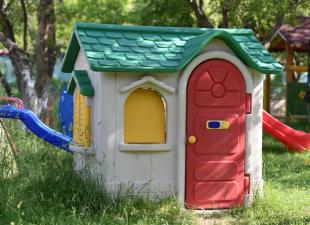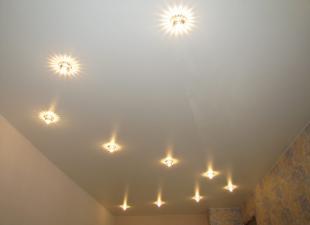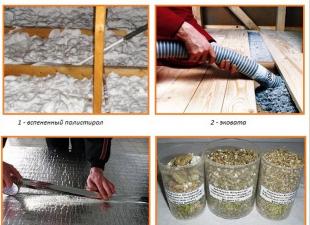To ensure the efficient operation of the chimney (high-quality draft and economical fuel consumption), it is necessary to regularly clean it from combustion products accumulated on the inner surface of the chimney walls. Today, in addition to the mechanical method of cleaning the chimney, chemical agents for cleaning chimneys are very popular. Read the instructions on what kind of firewood to choose for the fireplace and how to heat it.
Specifications
Chimney cleaning chemicals are available in the form of briquettes (logs), liquid or powder. As a rule, the composition of chemicals includes metal chloride or sulfates of nitrogenous compounds.
Views
Means for cleaning chimneys from soot acts as a catalyst for activating oxygen in the air, and, accordingly, a significant decrease in the temperature at which the process of burning out soot and soot in the chimney takes place.


Chimney cleaner "Rutland" is used to clean chimneys that remove combustion products from solid fuel heating equipment. Rutland is a bar impregnated with a chimney cleaner. You can use this tool once a month at the height of the heating season. Rutland is easy to use, you just need to put the log in the firebox on hot charcoal. Rutland is odorless and is usually sold in 1.5 kg cartons.

How to use?
The process of cleaning chimneys with chemicals is not difficult. The agent is placed on burning coals or thrown into the fire in the combustion chamber. When the product is exposed to high temperatures, volatile substances are released, which have a destructive effect on the deposited soot and soot. Before starting the combustion of cleaning agents in the firebox, make sure that the chimney is not clogged with foreign objects.
How to clean?
The most common way to prevent the formation of soot on the inner surface of the chimney walls is to use rock salt (salt is poured onto the wood as it burns).
One of the most effective ways to clean the chimney from soot and tarry deposits with folk remedies is the use of dried potato peels. Throw a lot of potato peels into a well-melted stove or fireplace. During the combustion of cleaning, steam is emitted, which decomposes soot well. But keep in mind that the use of potato peels involves the addition of a mechanical chimney cleaning method. A guide on how to choose wood burning fireplaces for your home.
Also, the popular methods of cleaning the chimney from accumulated soot and resin include the use of aspen and alder firewood, cleaning the chimney occurs due to the high temperature in the chimney, at which the soot simply burns out (this method should be used only if the soot layer does not exceed 10 mm, as well as if you are confident in the reliability of the chimney structure and its ability to withstand high temperatures).
If the chimney removes combustion products from heating equipment with a closed firebox, then a mixture containing copper sulfate can be used as a cleaning agent (the composition includes powder coke, vitriol and saltpeter in a ratio of 2: 5: 7). Enough twenty grams of this product per hundred kilograms of firewood.
You can familiarize yourself with the process of cleaning the chimney with folk remedies by watching the video:
The main causes of chimney clogging are:
- incineration of household waste (especially juice and milk packaging, as well as plastic bottles);
- the use of raw firewood, as well as firewood containing a large amount of resinous substances.
The cost of chimney cleaning products
The cost of chimney cleaning products, depending on the manufacturer, can range from 300 rubles / 0.5 kg to 800 rubles / 0.5 kg.
Video
Watch the video for a description of the characteristics of the Chimney Sweep cleaning agent:
When buying a chemical agent for cleaning a chimney, carefully read the instructions attached to the tool, since the use of each agent is individual. For example, the agent may be suitable only for heating equipment operating on solid fuels, or the agent may be universal, etc.
 parlini.ru Repair of an apartment, a summer residence and a house.
parlini.ru Repair of an apartment, a summer residence and a house.


